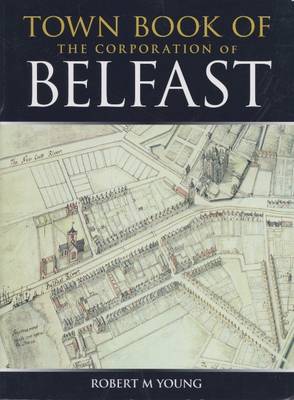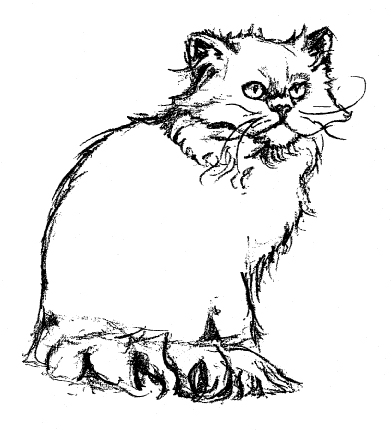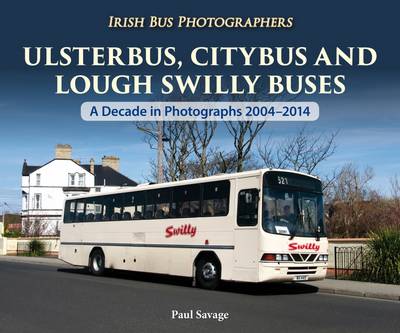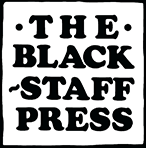
Town Book of Belfast
Robert M. Young
Foreword to the 2008 edition- The original of the “Town Book” of the corporation of Belfast is a 400 page manuscript recording decisions of the corporation and listing freemen from 1613 until the end of the eighteenth century. It is a key source for the history of the town, especially for the seventeenth and early eighteenth centuries, when other documentary materials are scarce. Robert Magill (R M) Young was an architect and an antiquarian who edited the manuscript and published it in 1892 as “The Town Book of the Corporation of Belfast 1613-1816” through Marcus Ward and Co. Ltd., with the addition of his own explanatory. Young was born at Athlone in 1851, two years before the founding of the Ulster Journal of Archaeology, and educated at Queen’s College, Belfast. He trained as an architect under his father (also Robert) and later joined the family firm in Belfast. Young was an active antiquarian during the first golden age of historians of Belfast, who included George Benn and William Pinkerton, and was a member of the Royal Irish Academy, a Fellow of the Royal Society of Antiquaries of Ireland and Honorary Secretary of the Belfast Natural History and Philosophical Society.In 1895 he became co-editor of the second series of the Ulster Journal of Archaeology. Amongst his other publications was the 1896 Historical Notices of Old Belfast and its Vicinity, based on the materials collected by William Pinkerton for a proposed history of Belfast. In 1878 he married Eleanor (also known as Nellie or Lally) Reid. They had four children and lived in Rathvarna, off the Antrim Road. Robert Magill Young died at the age of 74 in 1925, a year after his wife. The Anglo-Normans established a settlement at Belfast in the late 12th or early 13th century. In the late medieval period there may also have been a small Gaelic presence, controlled by the Clandeboye O’Neills. Little is currently known about the nature, workings and precise location of these earlier settlements. It is only with the re-founding of the Town in the early 17th century that cartographic, documentary and archaeological evidence can be cross-referenced with any detail. On the cessation of the Nine Year’s War in 1603, the area around Belfast was one of a number of land grants made to Sir Arthur Chichester.Although Belfast was incorporated in 1613 with a sovereign (mayor), twelve burgesses and the commonalty (freemen) of the Town, in the early decades these had little real power. Belfast is unique amongst the major towns in Ireland in that its development was controlled by one family, the Chichesters (created earls post-1647 and later marquises), until the mid 19th century. It is uncertain where the Corporation met in its early days. There is a reference in the “Town Book to the Towne Halle in 1639”, possibly located in Corn Market. In the later 17th century it appears that the Corporation met above the new Customs House, which was built in 1664. This building is illustrated on Thomas Phillips 1685 map of Belfast, and was sited close to the entrance to Belfast Castle. The “Town Book” is a very important strand of primary information that helps chart the development of Belfast, describing the working of the Corporation with limited political power but still having an impact on peoples’ everyday lives and business. It is in these aspects where there is detail and real interest.From the information contained within the “Town Book” we can get a picture the activities of Belfast’s 17th and 18th century inhabitants of Belfast and what life was like. The usefulness of the Town Book for archaeologists and historians is that it often discusses things that we have no other direct evidence for currently such as the early construction of houses and references to malting kilns. In 1638 it is directed that wooden chimneys were to be demolished to be replaced by ones constructed of brick, presumably to limit the dangers of fire. In the same year imports of salt, soap and aqua vitae (whiskey) are mentioned giving an idea of the essential commodities available to the town’s people. There are, however, other references in the Town Book to aspects of the 17th century town that it has been possible to investigate archaeologically. The only town defences ever constructed around Belfast were a bank and ditch erected in the 1640s. In 1645 there is reference in the Town Book to moweing the grass about the Rampier (ditch).However, the defences appear to have been used primarily by the townspeople as a convenient place in which to dump rubbish because in 1671 there is a reference to the necessity of repairing a stretch of the defences at the cost and charges of the Inhabitants of the said North Streete…The repairs seem to have been unfinished for by the time of Phillips’ map, 14 years later, the exact circuit of the town ditch is incompletely marked out. In recent times stretches of the ditch have been uncovered during excavations at Donegall Street, Gordon Street and Queen Street. These are only a small sample of the many and varied and aspects of town life that are contained within the pages of the “Town Book”. The information is both informative and entertaining. The work of Robert Magill Young in compiling the “Town Book” and his other contributions to Belfast history, deserve to be celebrated.The number of publications relating to the archaeology and early history of Belfast is growing, but the initiative of Belfast City council and Colourpoint Books in reprinting such an important and seminal source as “The Town Book of the Corporation of Belfast 1613-1816” is a boost to anyone interested in the story of Belfast.
Why Shop with Colourpoint Books?
- Engaging books by great writers
- Safe and secure ordering options
- Out widest range of books online
Description
The “Town Book” is a very important strand of primary information that helps chart the development of Belfast, describing the working of the Corporation with limited political power but still having an impact on peoples’ everyday lives and business. This book celebrates the work of Robert Magill Young in compiling the “Town Book”.
Details
Format: Paperback / Softback
ISBN / EAN: 9781906578251
Published On: 1 February, 2008
Page Count: 368
Publisher: Colourpoint Books
Related Books
Paul Savage
£9.99
Wesley Johnston
£15.00
Alister McReynolds
£9.99
Guy Warner
£16.00
£15.00
Availability: 99999 in stock
Click & Collect
This product is available to purchase online and collect in store later.





